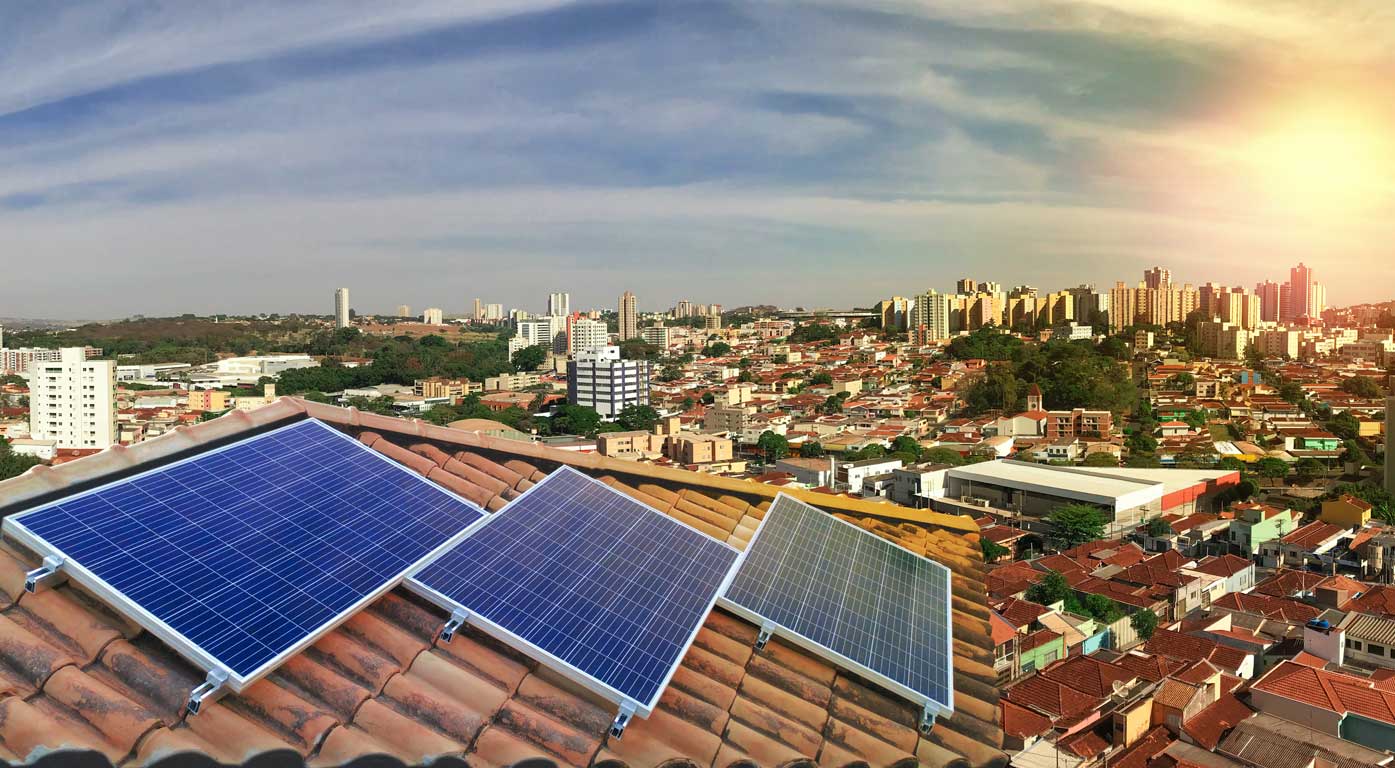Summary
The Affordable Heating and Cooling Innovation Hub (iHub) project aims to demonstrate how renewable energy technology can be optimally integrated with heating, ventilation, air-conditioning and refrigeration (HVAC&R) equipment in commercial buildings.
Key results
The project:
- Established an ongoing open Data Clearing House platform, offering new data sharing and control strategies that enable improved energy management from building owners.
- Completed 14 Integrated Design Studios that demonstrated significant grid demand reductions through the combination of a reduced energy consumption and the provision of energy generation on-site through renewables.
- Established 5 Living Labs where industry and property owners can test innovative decarbonisation technologies and services in a fully instrumented real world occupied building.
- Identified over 250MW of Demand Response potential through modelling and demonstration trials.
- Produced a Renewable Energy and Enabling Technology and Services Roadmap for Healthcare/Education, showing the benefits and impacts of the potential widespread application of technologies assessed in the Living Labs.
This project consists of:
Learn more
Need
The Australian HVAC&R sector consumes around 22 per cent of all electricity produced and is responsible for around 50 per cent of peak demand on the electricity grid. This is a substantial and largely untapped sector that provides an opportunity for enhanced demand response, load flexibility, renewable energy uptake and integration of various technologies.
Action
The Australian Institute of Refrigeration, Air Conditioning and Heating (AIRAH) will work closely with industry and a number of leading research institutes, such as CSIRO, Queensland University of Technology, the University of Melbourne and the University of Wollongong, in order to deliver the iHub.
Through the iHub, AIRAH will distribute funding to support a series of sub-projects under one of three activity streams:
- Integrated Design Studios for real building projects, to build industry knowledge and competence in early design strategies for maximising the utilisation of onsite renewable energy in conjunction with HVAC&R.
- Living Laboratories in the education and healthcare sectors where innovative and emerging technologies can be independently tested in a real-world scenario and their potential benefit to the sector quantified.
- Buildings to Grid Data Clearing House digital platform for receiving and making available building data relating to HVAC&R and onsite renewable energy equipment. Hosted ‘applications’ will enable supervisory control of users’ building HVAC&R equipment in order to unlock megawatts of demand response potential.
Outcome
iHub’s three activity streams aim to:
- improve the control of HVAC&R by demonstrating the capability within a selection of building types to reduce onsite energy use, including how to reduce peak demand and demand charges, and increase the hosting capacity of solar
- identify a range of new technologies able to contribute to the decarbonisation of commercial buildings over the next decade
- demonstrate how open data digital platforms can be applied to deliver innovation in the built environment to deliver energy savings, including identifying and demonstrating 100 MW of potential demand response
- improve developer and building owner decision making capabilities by demonstrating the benefits of energy productivity measures, and increase the co-design approach to delivering lower cost and higher performance buildings.
Additional impact
Through a comprehensive knowledge sharing and engagement program, iHub will engage closely with industry and building owners to ensure the knowledge developed and demonstrated has a clear utilisation pathway.







